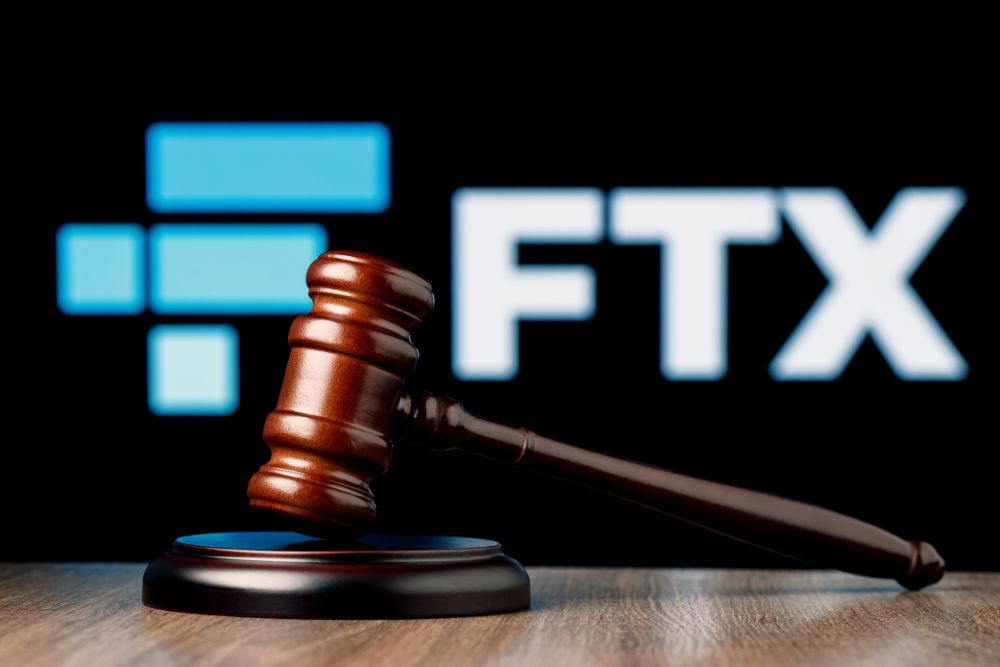The defunct crypto exchange FTX has filed for court approval, requesting a new claims process that could potentially freeze payouts for users in 49 restricted regions. Notably, Chinese creditors hold 82% of the disputed value. This move follows FTX’s catastrophic 2022 collapse, leaving millions in limbo.
The proposed “hold-and-review” system aims to scale legal hurdles in countries like China, where crypto bans complicate repayments.
FTX’s Request and Dilemma
FTX, once a crypto giant, collapsed in November 2022 after mismanaging user funds, resulting in bankruptcy and subsequent criminal convictions. Founder Sam Bankman-Fried was sentenced to 25 years for fraud, while executives like Caroline Ellison faced jail time. On July 2, 2025, the defunct exchange filed for court approval to implement a “hold-and-review” process for claims in 49 jurisdictions, including China, due to local crypto restrictions.
The trust will classify these claims as “disputed” until legal clarity confirms that payouts will not violate laws. This request stems from the collapsed crypto exchange’s effort to distribute funds while navigating global regulatory challenges fairly.
Should the court approve the exchange’s request, creditors in restricted regions will receive a “Restricted Jurisdiction Notice” with a 45-day objection period. Claims could be denied if legal issues persist, potentially wiping out Chinese users’ $4.6 billion in claims.
However, if denied, FTX may face delays, further frustrating creditors already battling KYC issues and disputed claims. Some have suggested transferring claims to allowed jurisdictions, but this remains uncertain. The court’s response will shape the crypto exchange’s repayment strategy and creditor trust in the process.
Payments Made Amid the Saga
Following its dramatic downfall, FTX has made progress in repaying its debts. In December 2024, the FTX estate, overseeing the bankruptcy proceedings, announced plans to initiate repayments, expected to occur within 60 days of the effective date. FTX has distributed $7 billion across two phases since February 2025. Smaller creditors with claims under $50,000 received 120% payouts, while larger claims got partial recovery.
The second round, which started in May 2025, disbursed $5 billion to creditors with claims over $50,000. Despite these efforts, $4.6 billion in claims remain disputed, with Chinese users facing the greatest risk. The court’s ruling will determine whether these payments will continue or be halted in restricted regions.
Find Cryptocurrencies to Watch and Read Crypto News on the Go Follow CryptosToWatch on X (Twitter) Now

